From the Principal
Dr Andrew Parry

From the Principal
Dr Andrew Parry
I hope you have enjoyed a refreshing break at home with your families after what was a very busy and successful first term.
The term finished on a very positive note with an excellent camps week and I have received many good reports about our students’ positive approach and enthusiasm shown towards the many activities that were undertaken.
I extend a special thank you to all our staff who led and helped at the various camps and activities at the end of last term. Their tireless planning, organisation and care ensured an immensely positive and valuable experience for all our students.
The week commenced with an excellent Music camp where visiting tutors worked with groups of students to improve sections of orchestral, string and band pieces. The major ensembles rehearsed new music which culminated in a most impressive concert to conclude activities.
Cadets had wonderful experiences out at Top Valley Station – undertaking activities such as the obstacle course, canoeing and fishing on Lake Endeavour, abseiling, rock climbing, archery, free swimming, raft building, knots and lashings, damper cooking and trekking about 20 kilometres. Major Lun said, “it was the best camp ever, students were engaged, challenged – rank did a great job, cadets were fabulous!"
Our Year 7 students travelled to The Great Aussie Bush Camp, Lake Macquarie, where they spent quality time building friendships, while engaging in activities including archery, a high ropes course, flying fox, raft building and water activities. They demonstrated great initiative while embracing the many challenging activities.
Students in the Cattle Team attended the Royal Easter Show, spending long demanding days from 4:30am to 7pm, however, our students rose to the occasion and represented the School with distinction parading 500kg steers and building skills in cattle husbandry.
Twenty-eight students hiked for three days in the Kosciusko National Park as part of their adventure component of the Duke of Edinburgh Award. They walked the Snowy’s Alpine Walk for over 56 kilometres, showing resilience in navigating and developing campcraft skills. There was a good mix of Years 9-12 students hiking through some of Australia’s most beautiful and majestic scenery.
Some of our Year 8 and 9 students contributed to community-based activities at IGA, the Uniting Church, Anson Street School, Salvation Army and Wontama. Students cooked food, helped disabled children and organised games with the aged residents in Wontama. They were praised for their kind and helpful attitude.
Year 10 Work Experience students worked for the week in their home-towns in a variety of businesses and workplaces, Year 11 took the opportunity to consolidate learning from the start of the year, and Year 12 were disciplined in their approach to preparing for and sitting their half yearly examinations.
Camps Week saw a great variety of challenging and rewarding activities all designed to assist our students grow as young people. Well done to all our students for their very positive approach to what was an excellent week.

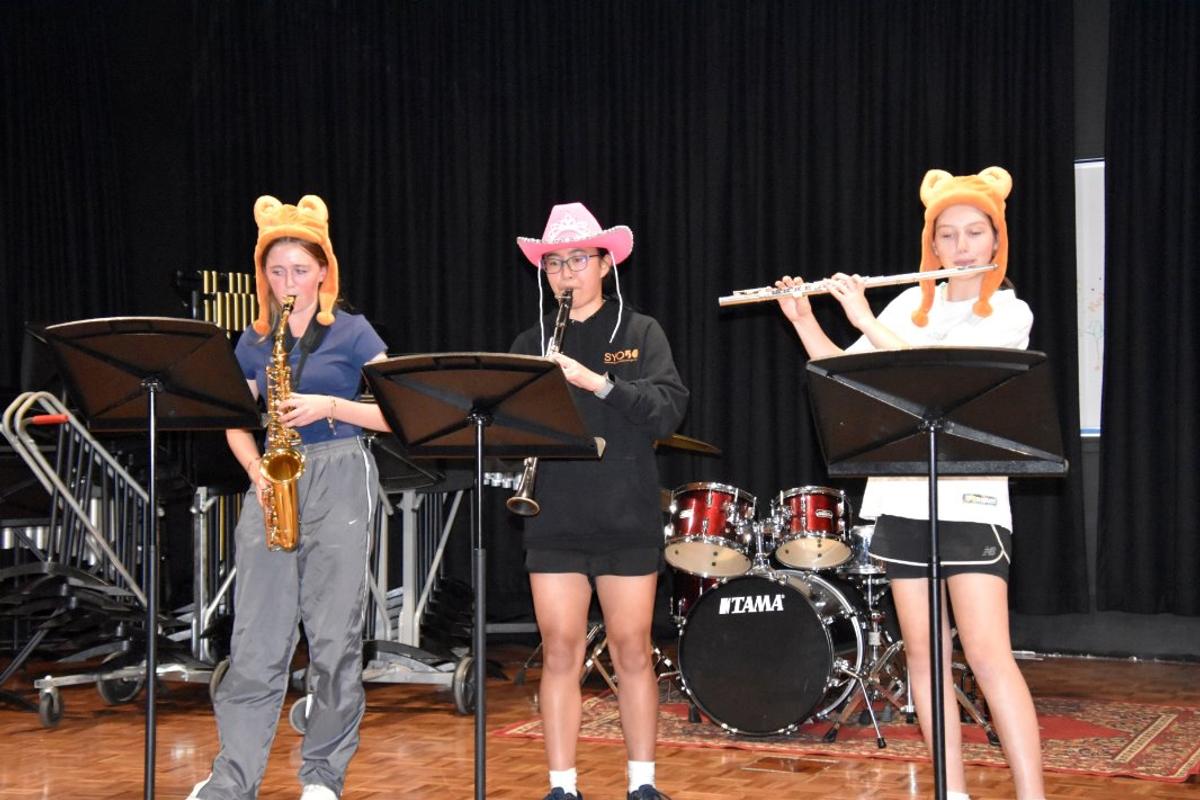
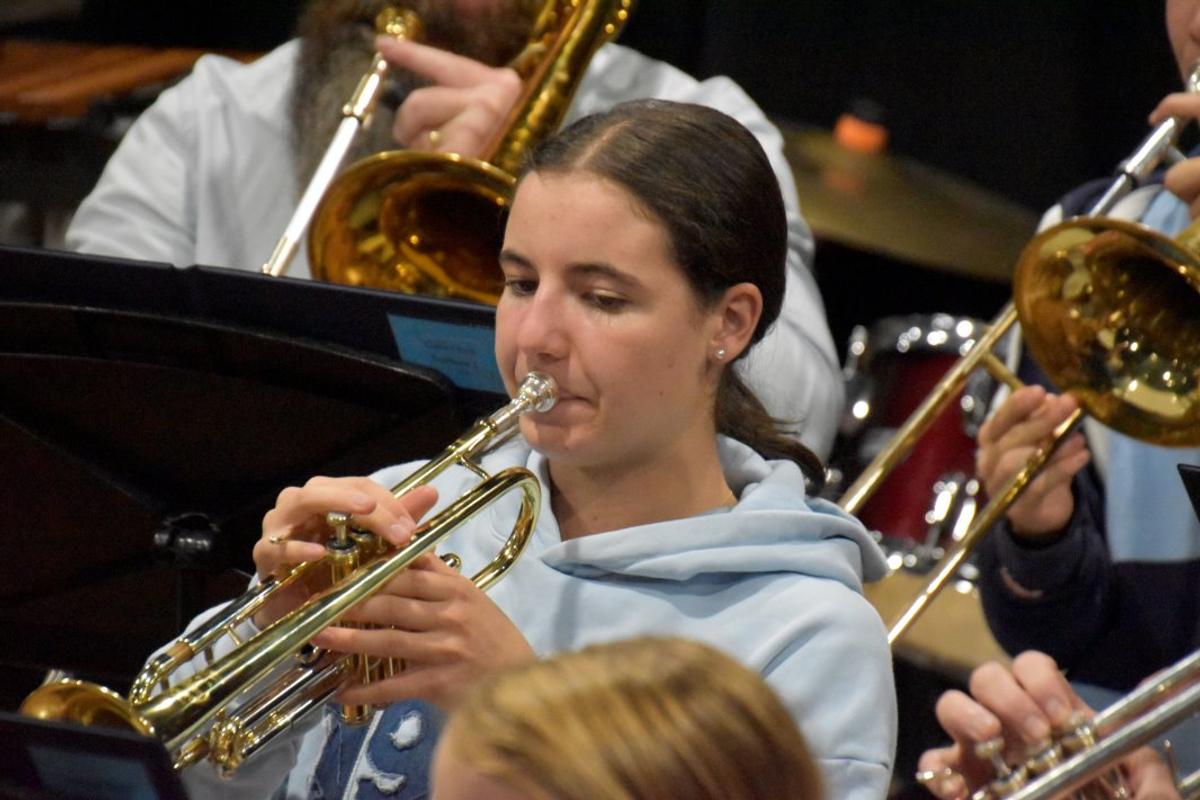
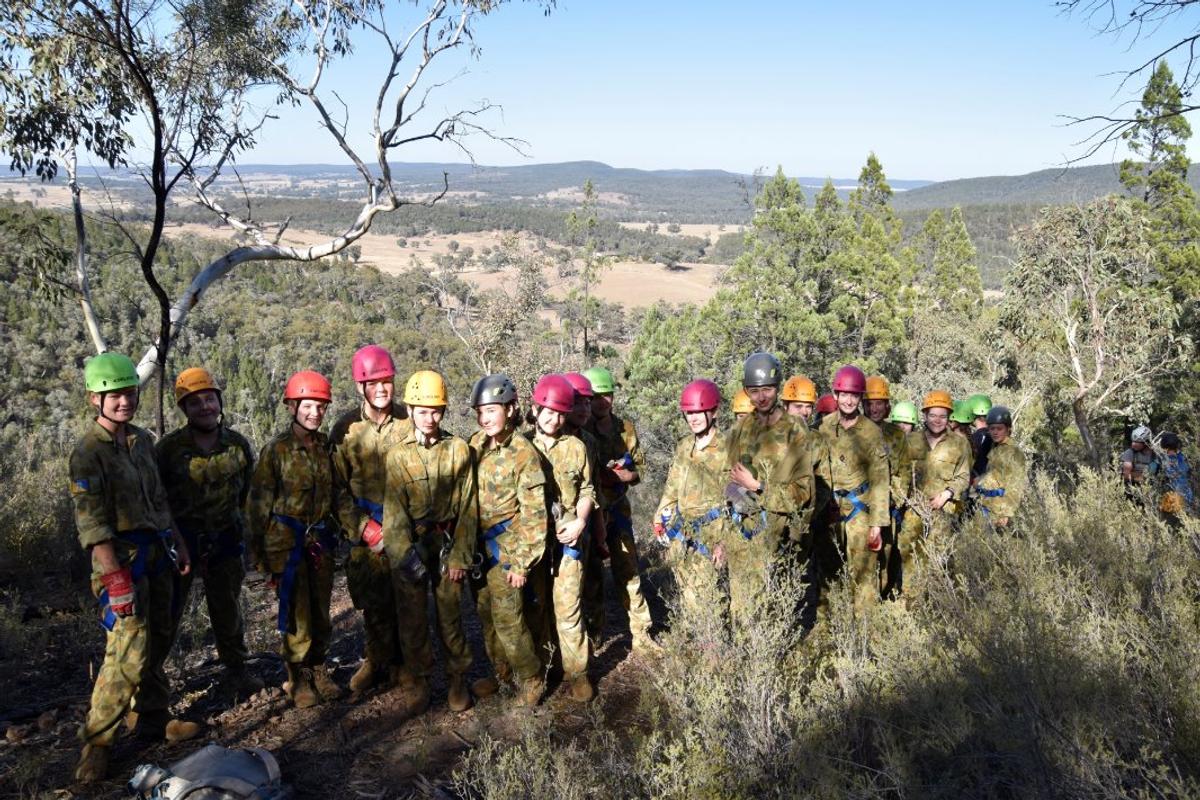

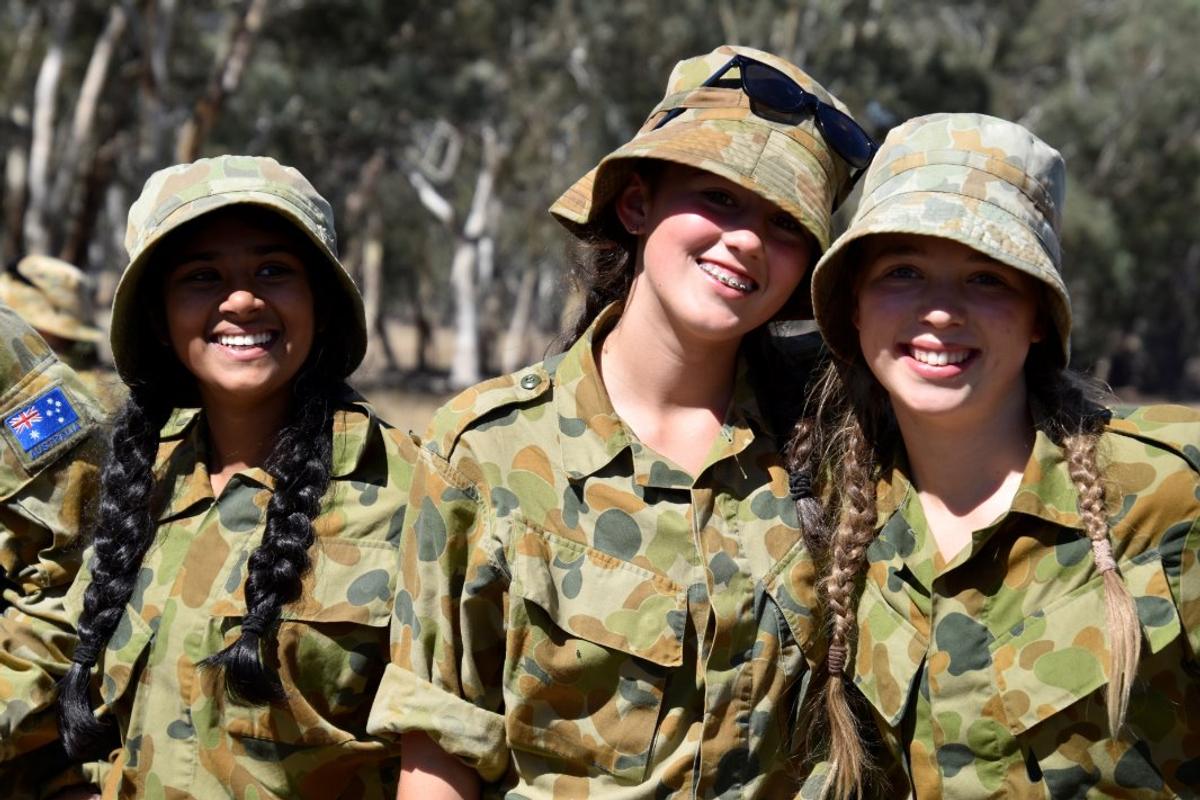
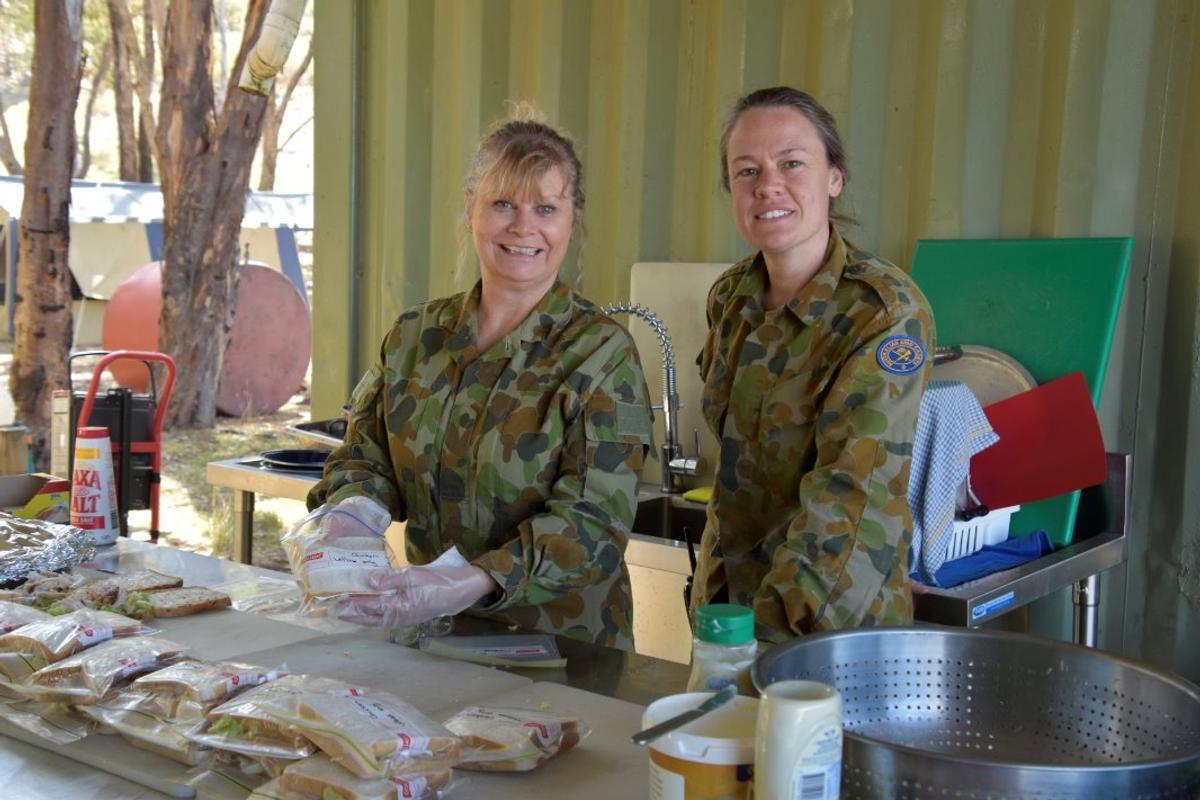
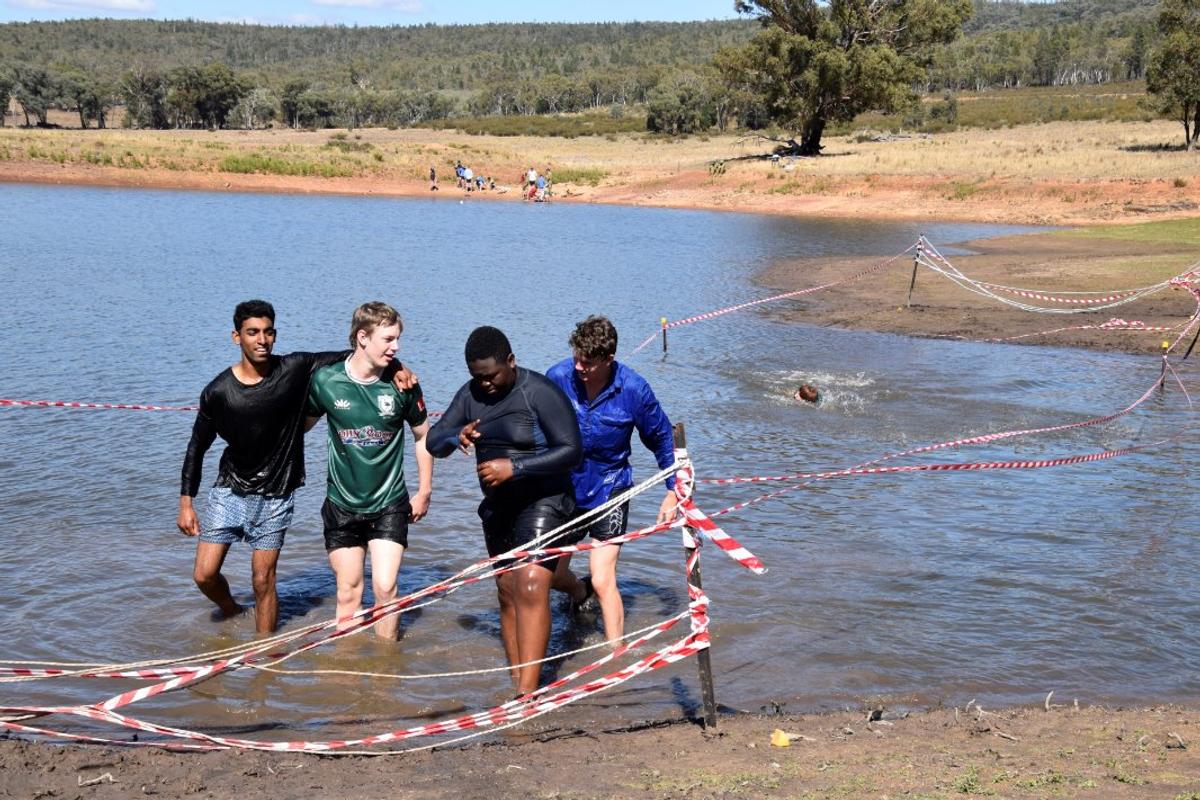
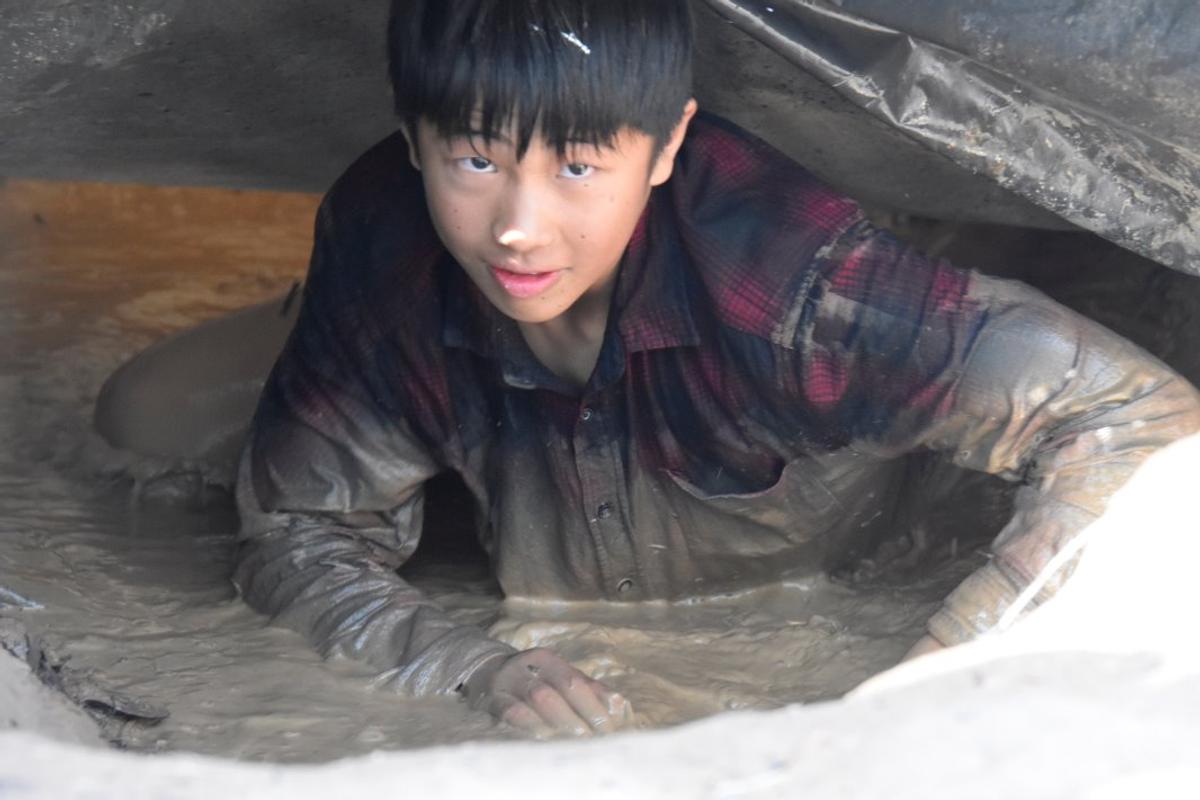
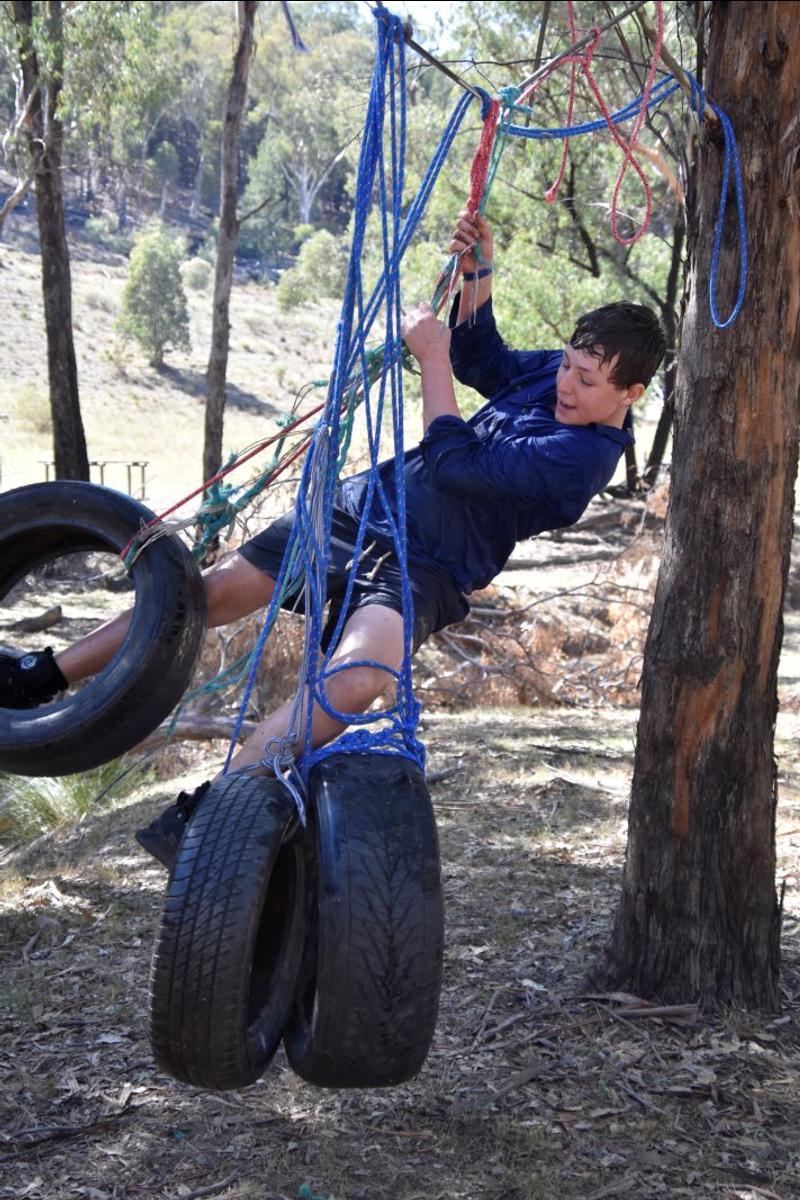
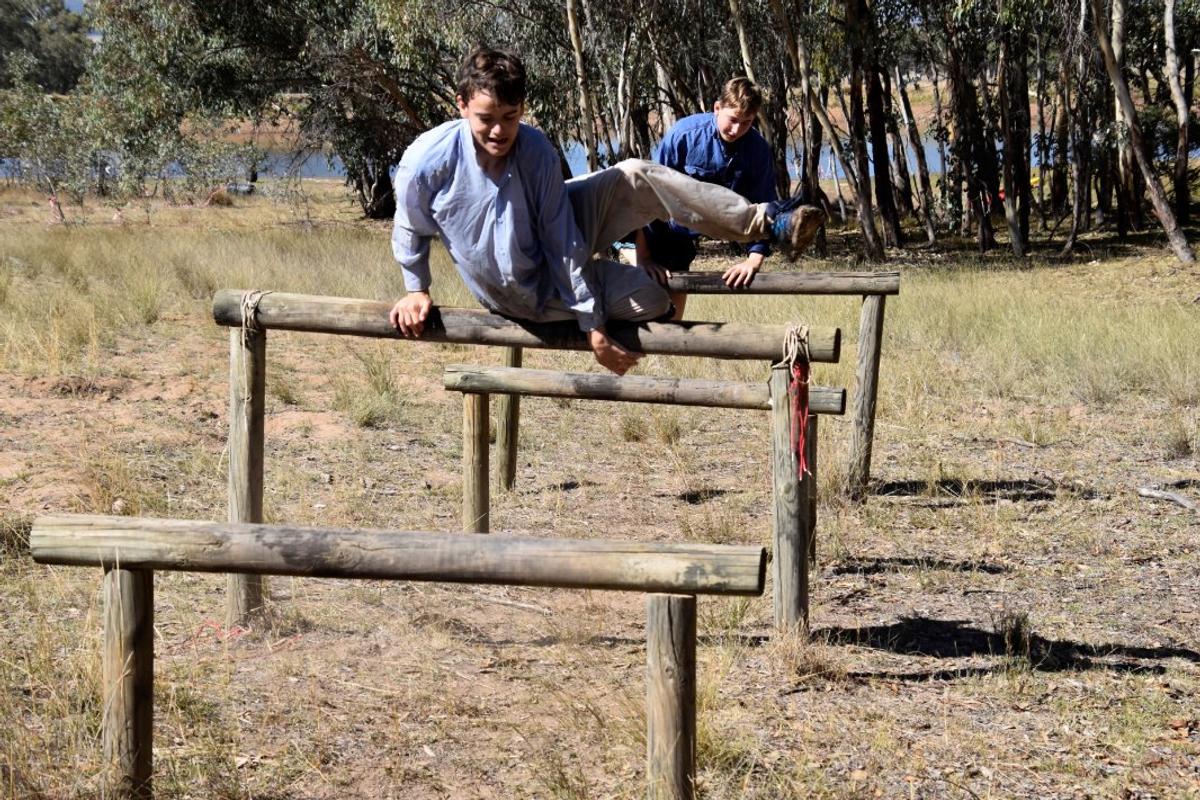
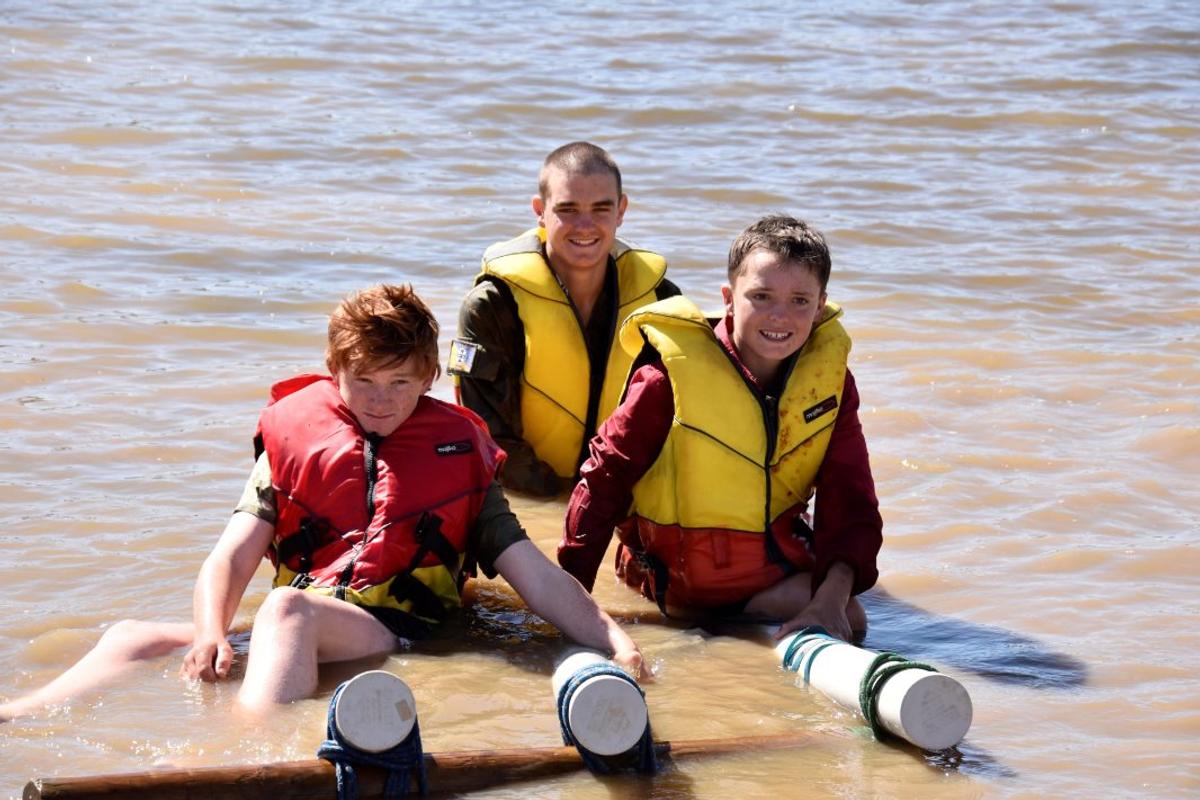












A good number of students were also busy with activities during the holiday period.
Over the break we have had:
We welcome some new members of staff this term.
Meg Dunford is an ex-student who joins us to teach Agriculture and Primary Industries.
Meg has extensive experience in schools as a teacher and Schools Program Officer, and in the agricultural industry. She has taught in Government and Independent Schools including All Saints' College and The Scots School in Bathurst, Bathurst High School/Denison College, Orange High School, Blayney High School and Canowindra High School.
In her role with the DPIRD she wrote and published classroom resources aligned to both the NSW and ACARA curriculums. Meg also writes and delivers NESA accredited teacher professional development courses and has developed and delivered student events across the state.
Meg has also been involved in HSC marking and the Agriculture Exam writing committee. She was involved as an industry consultant for the recently released NSW Stage 4 and 5 Agriculture and Stage 4 Technology curriculums.
Meg comes to us from the NSW Primary Industries Schools Program where she has been a Schools Program Officer. In this role she undertook a variety of education activities relating to key goals of creating, designing and authoring curriculum aligned classroom resources, learning experiences and teacher training opportunities.
Meg has a wealth of industry experience in livestock and mixed farming systems in dairy, beef and wool production. She is also Head Steward of the Cattle Section at the Blayney Show.
Meg has a Bachelor of Teaching, Bachelor of applied Science and an array of Industry qualifications.
We are delighted to welcome Meg back to her old school.
Olivia Taylor will be covering Penny Chandler’s Long Service Leave this term in Textiles & Design. Olivia worked with us last year to complete a teacher placement. She is currently studying a Bachelor of Education (Technology & Applied Studies) at CSU.
We also have some new starters in the Health Clinic. Please welcome:
Leonie Hayes, who will be working five days per week. Her most recent role was as Clinical Care Manager at HammondCare. Leonie has previously worked as Registered Nurse and with Orange Health Service, Justice Health & Forensic Mental Health Network & Catholic Health Care and is also a trained Paramedic.
Meg Capell will be working Thursdays & Fridays. Meg has worked at BreastScreen since 2014 as Manager & Clinical Nurse Consultant, and previously was the Nurse Unit Manager at Orange Health Service Emergency Department.
Adele Pavlovich will be working Mondays, Tuesdays & Wednesdays. Adele most recently worked as a Triage Nurse with Health Direct and as a Registered Nurse at Orange Health Service.
There are three members of staff taking much deserved Long Service Leave this term:
Penny Chandler
Ann-Margaret Gunther
Penny Wilson
Jason Smith and Claudia McCalman continue their Long Service Leave.
Please join me in welcoming our new staff to our community.
Will Kline, Year 11, represented NSW in the Under 18s Men’s High Jump at the Athletics Australia National Championships help in Perth during the last week of Term 1.
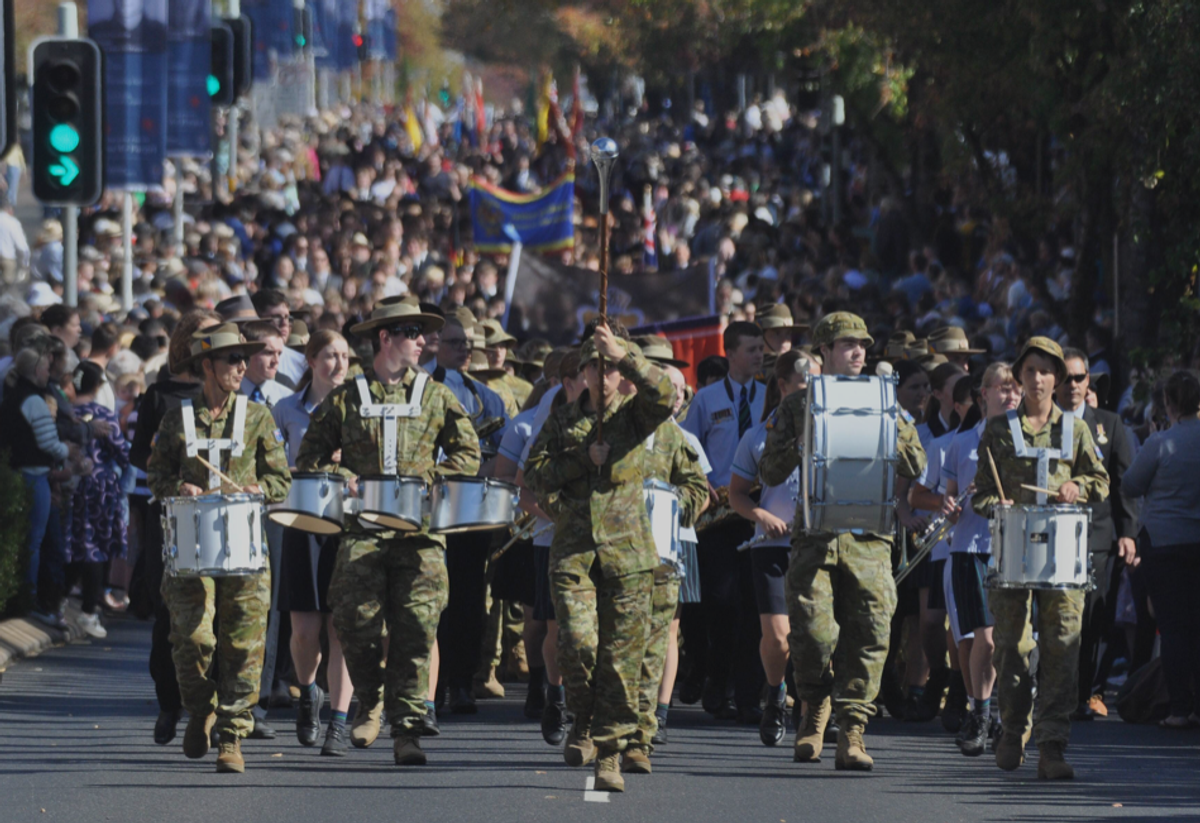

At our Assembly at the commencement of the Term, I shared the following address as part of our Anzac Commemoration.
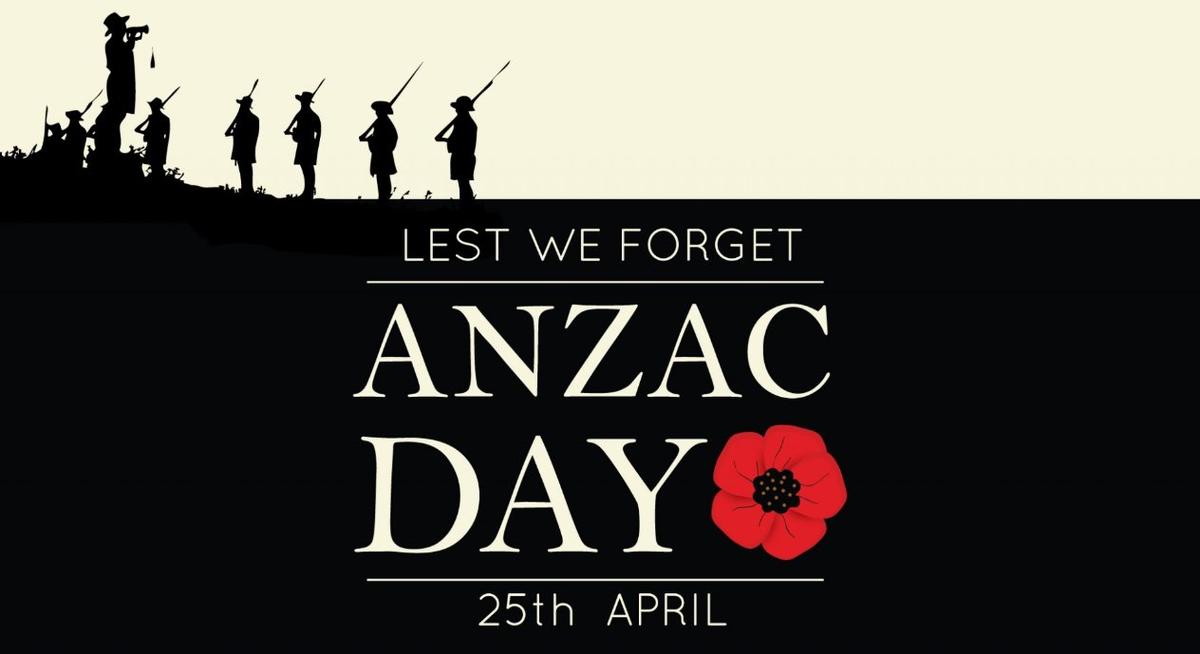

One might ask, why do we as a nation pause to commemorate Anzac Day?
We do so to acknowledge the great sacrifice made by so many Australians and New Zealanders who served their nation in times of conflict to protect the liberty we enjoy today.
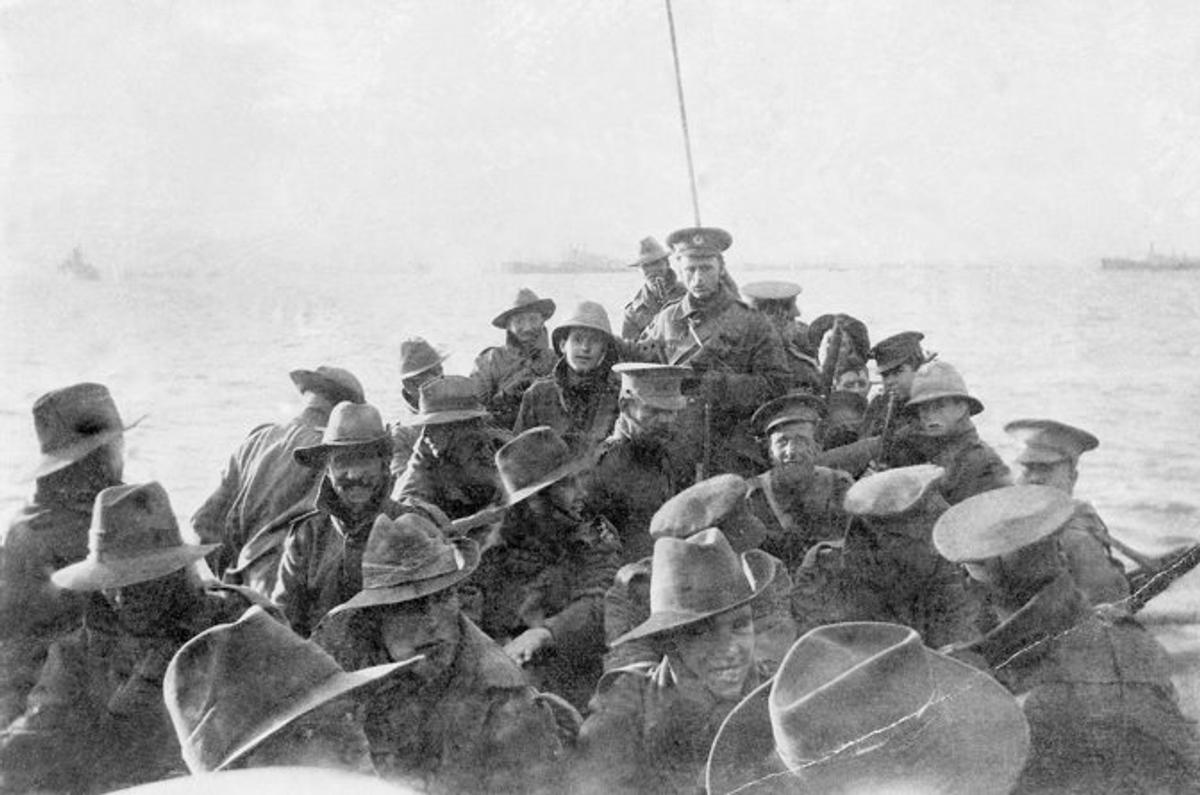

It is 110 years since that seminal day in our Nation’s past when Australian and New Zealand troops gallantly stormed ashore at what is now known as Anzac Cove on the Gallipoli Peninsula.
It was our country's first major military engagement and they were eager to prove Australia’s worth and make a mark upon the world.


The Gallipoli campaign of World War One was ill conceived and a defeat in anyone’s language. By the end of the first day 16,000 men of the Australian and New Zealand Army Corps had landed, of which some 2,000 men were dead or seriously wounded.
They met fierce resistance from the Turkish defenders who had forced their attack back to the second ridge – from which position, despite some small gains at huge cost, nothing essentially changed over the next eight months.
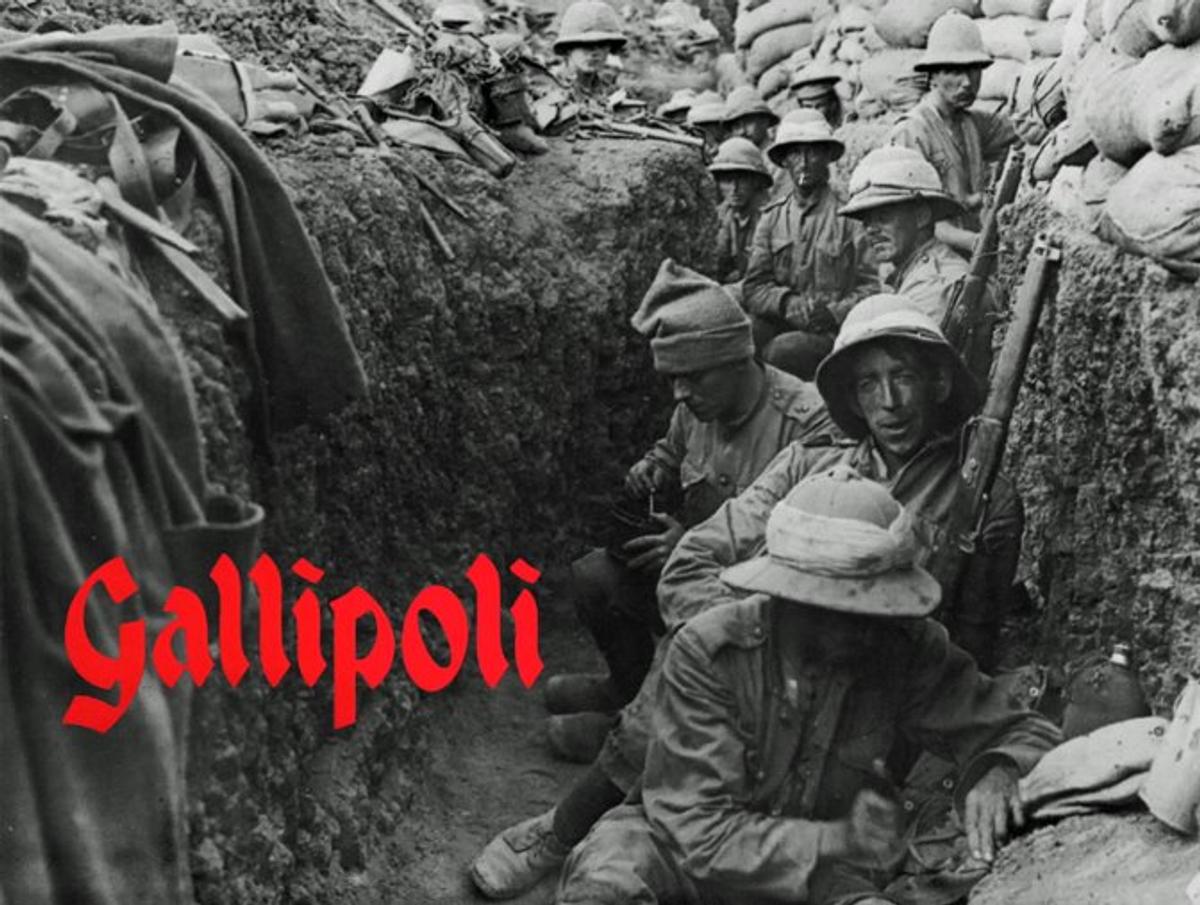

Les Carlyon, an Australian historian writing on Gallipoli, affords us an account of the reality of war given by Pompey Elliot, a solicitor turned soldier who, along with a number of former Wolaroi students found himself on the Gallipoli Peninsula in 1915.
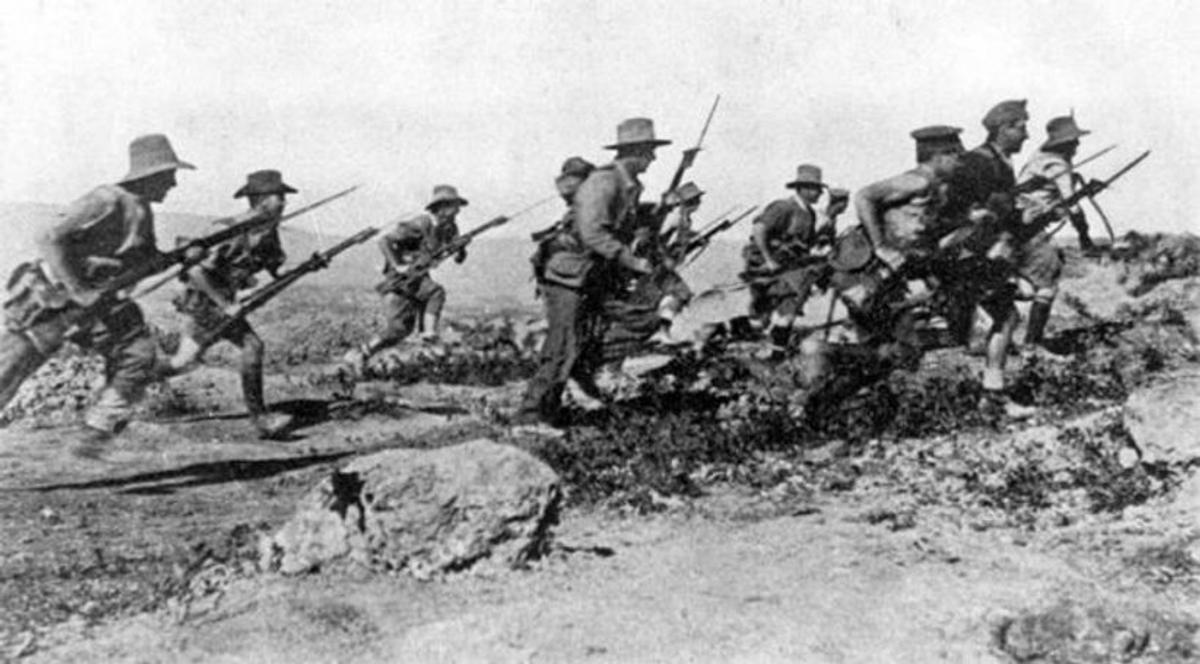

There, high on a hill on Gallipoli, where the battle of Lone Pine was fought, four Victoria Crosses – the highest award for bravery – were won in a day.
Months afterwards Elliot wrote home and told some of his friends what happened there:
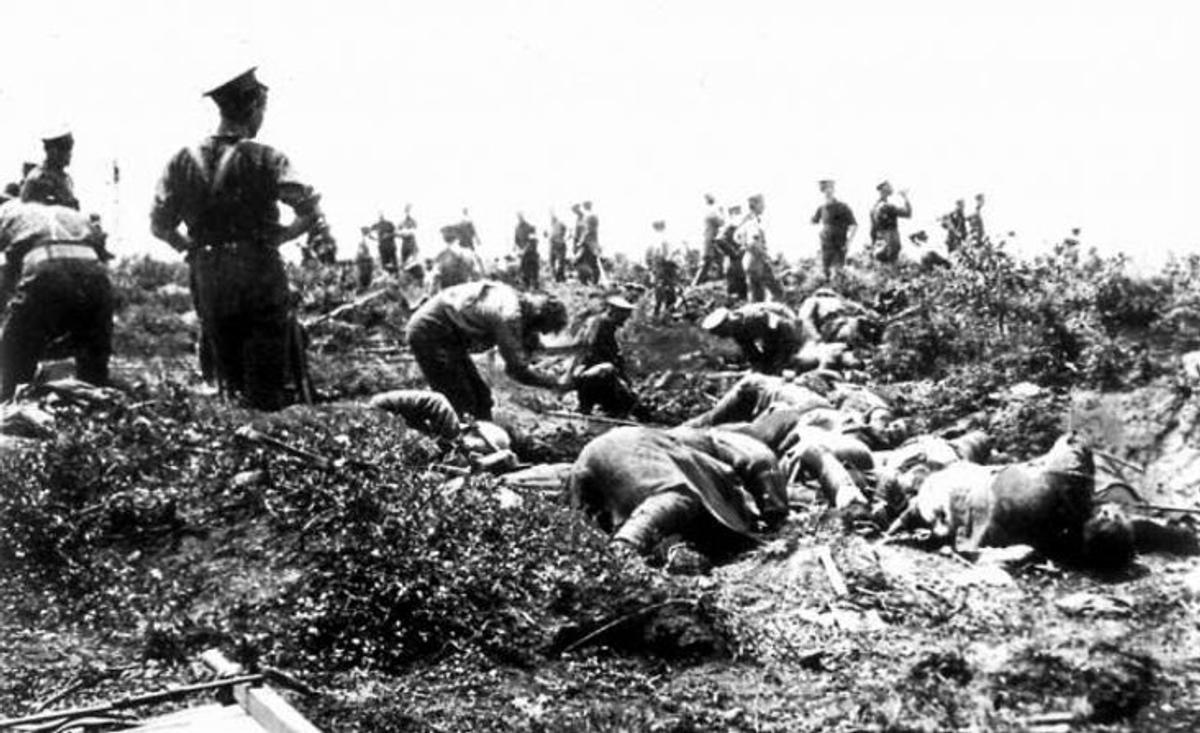

"When anyone speaks to you of the Glory of War," he wrote, "picture yourself in a narrow line of trenches, two and sometimes three deep, with bodies mangled and torn beyond description by the bombs … Live among this for days … This is war and such is glory – whatever the novelists say."
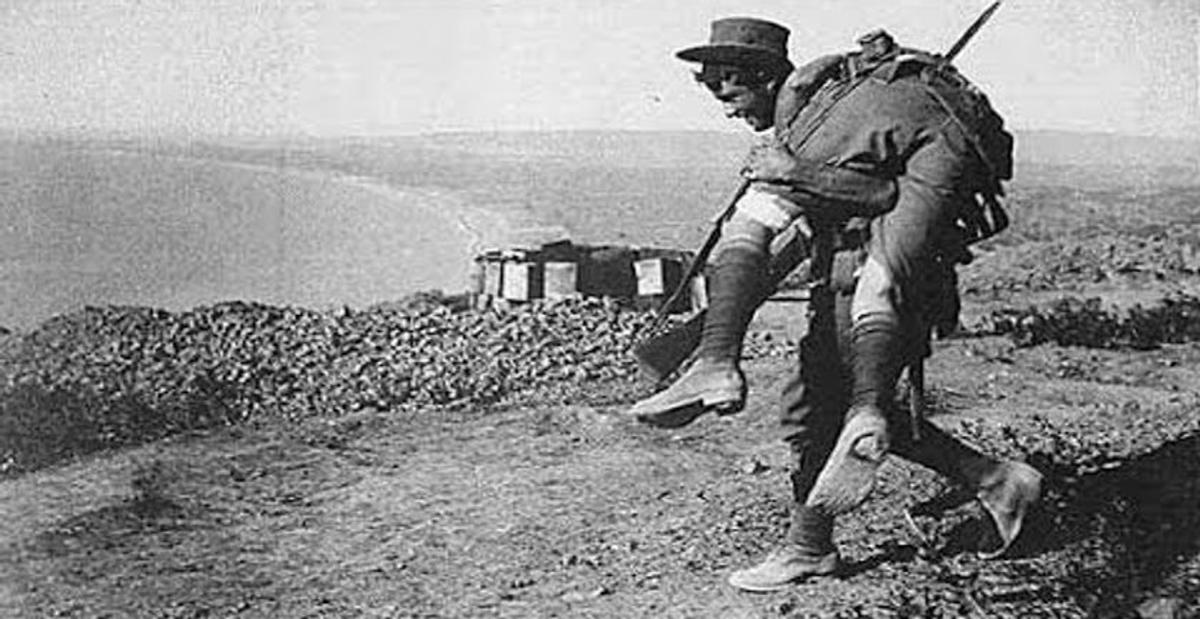

We have no desire to glorify war. For war kills, wounds and maims those who are called to serve. Those called upon to fight know that better than anyone. But they also know that when all else fails it is necessary to fight against the tyrannies that threaten our freedom. That cause transcends the ages. We see this today as the Ukrainian people defend their homeland from Russian aggression.
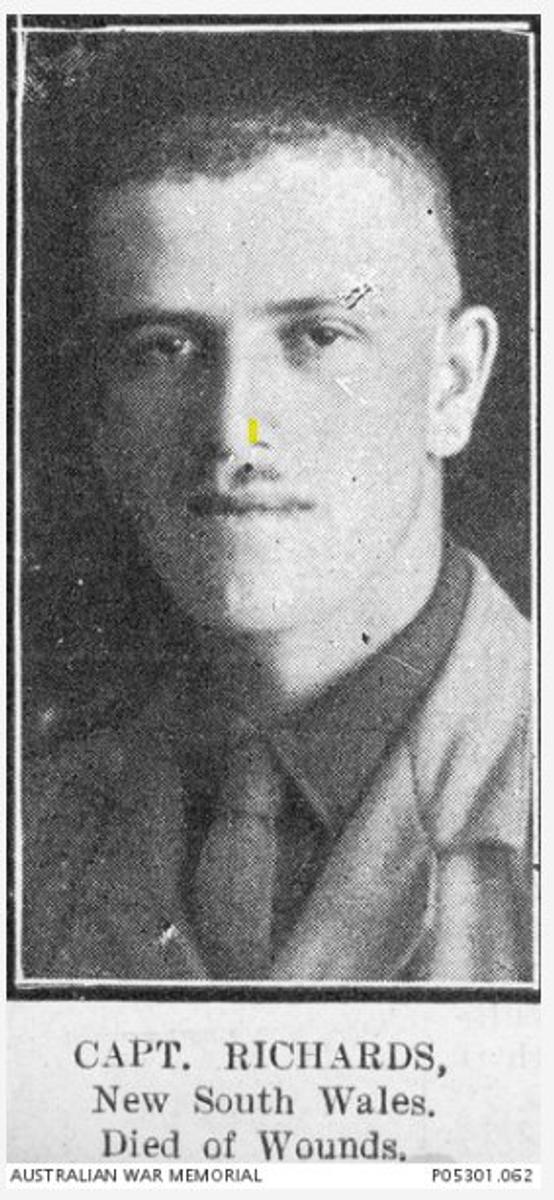

Captain Evan Selwyn Richards was one of our young Old Boys who eagerly enlisted to serve in World War I, referred to at the time as the Great War, the war to end all wars. How wrong they would prove to be. Many today will find their desire to fight very difficult to understand, but it was a different age.
Our young men, some no older than some of you before me, were keen for adventure and totally naïve of the horrific realities of war that would confront them. They were strongly patriotic and felt a fervent desire to serve their nation and Empire to defend our democratic way of life.
Evan Richards was the son of TH Richards, the first Headmaster of Wolaroi Grammar School whom Richards House is named after. Both Evan and his younger brother Julian volunteered to serve.
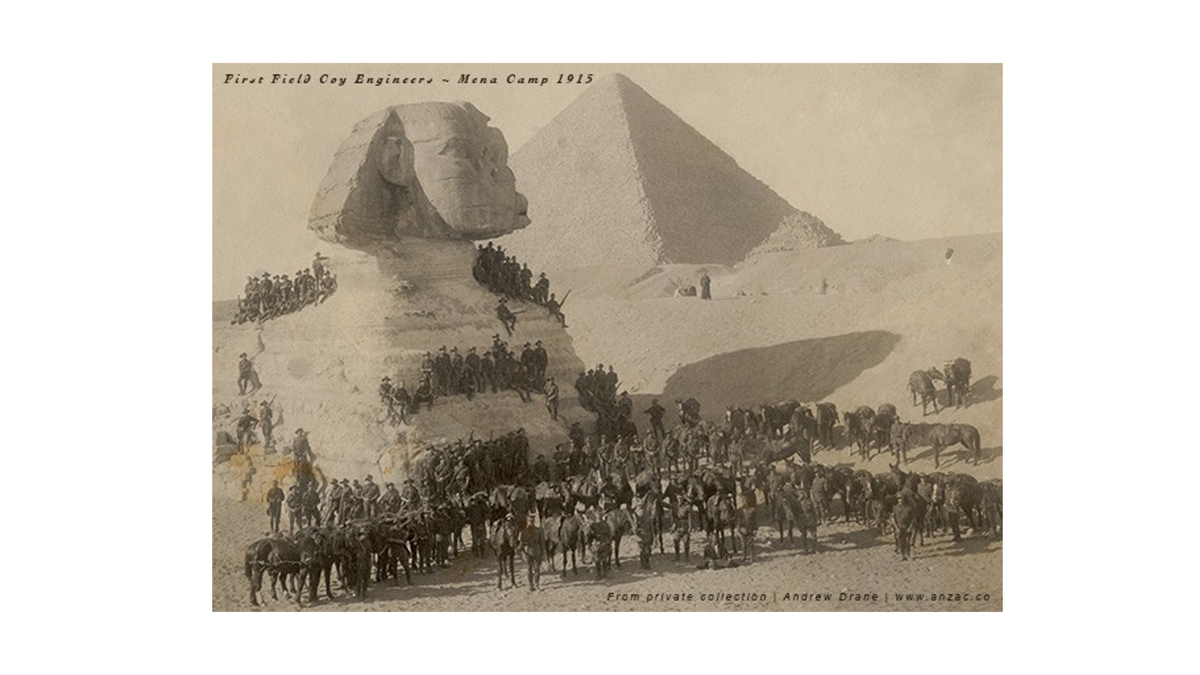

Evan enlisted in the 20th Battalion of the Australian Infantry Force on 12 April 1915 at the age of 24 and sailed as second-lieutenant for Gallipoli in late June. First stop was to be in Egypt for training and on 22 August Evan landed at Anzac Cove.
He served at Gallipoli till invalided to England and during convalescence was attached for instruction to the Grenadier Guards.
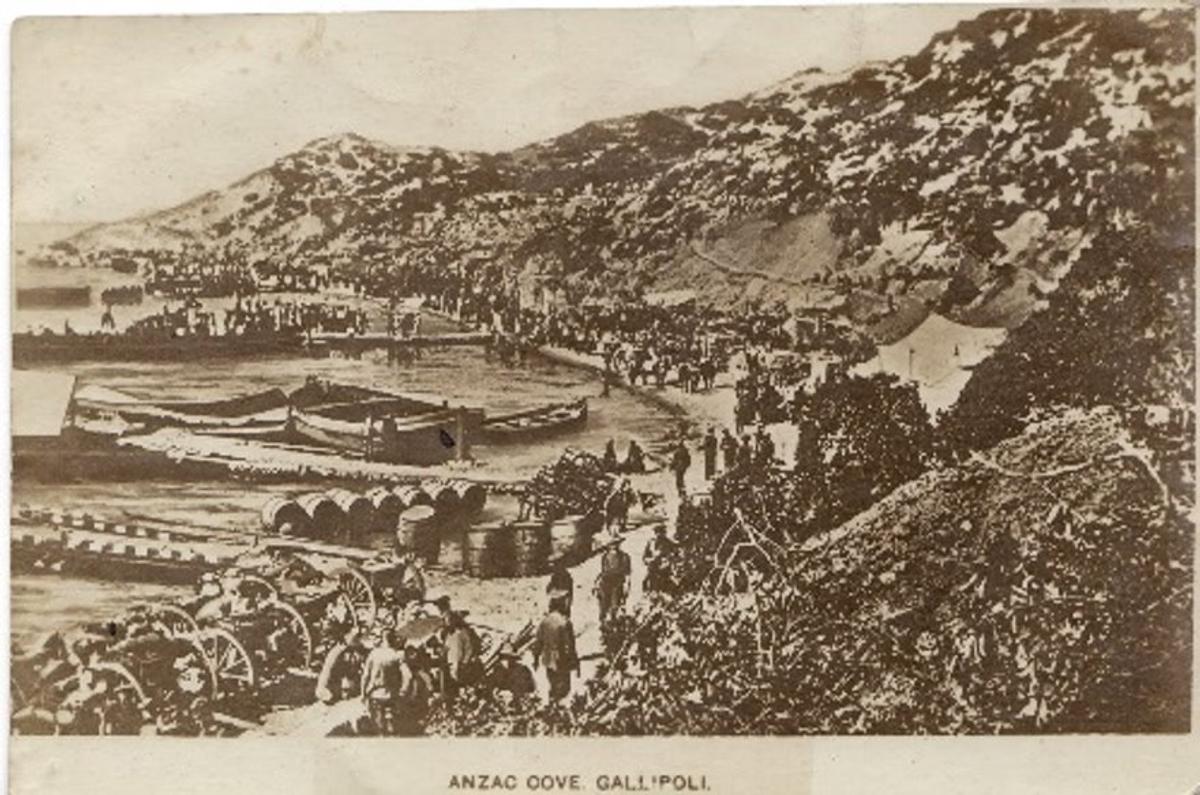

In December 1915 the Allied forces were evacuated from the Peninsula, both sides having suffered heavy casualties and endured great hardship. Over 8,700 Australians had been killed. This was not the Anzac's bloodiest campaign of the war, for the events on the Western Front in France claim that mantle. But this was our first and our young men discovered within themselves those great qualities of our ancestors. They displayed courage and endurance, duty and love of country, mateship and good humour and decency in the face of dreadful odds.
It has been argued that it was at Gallipoli Australia and New Zealand found their Nationhood.
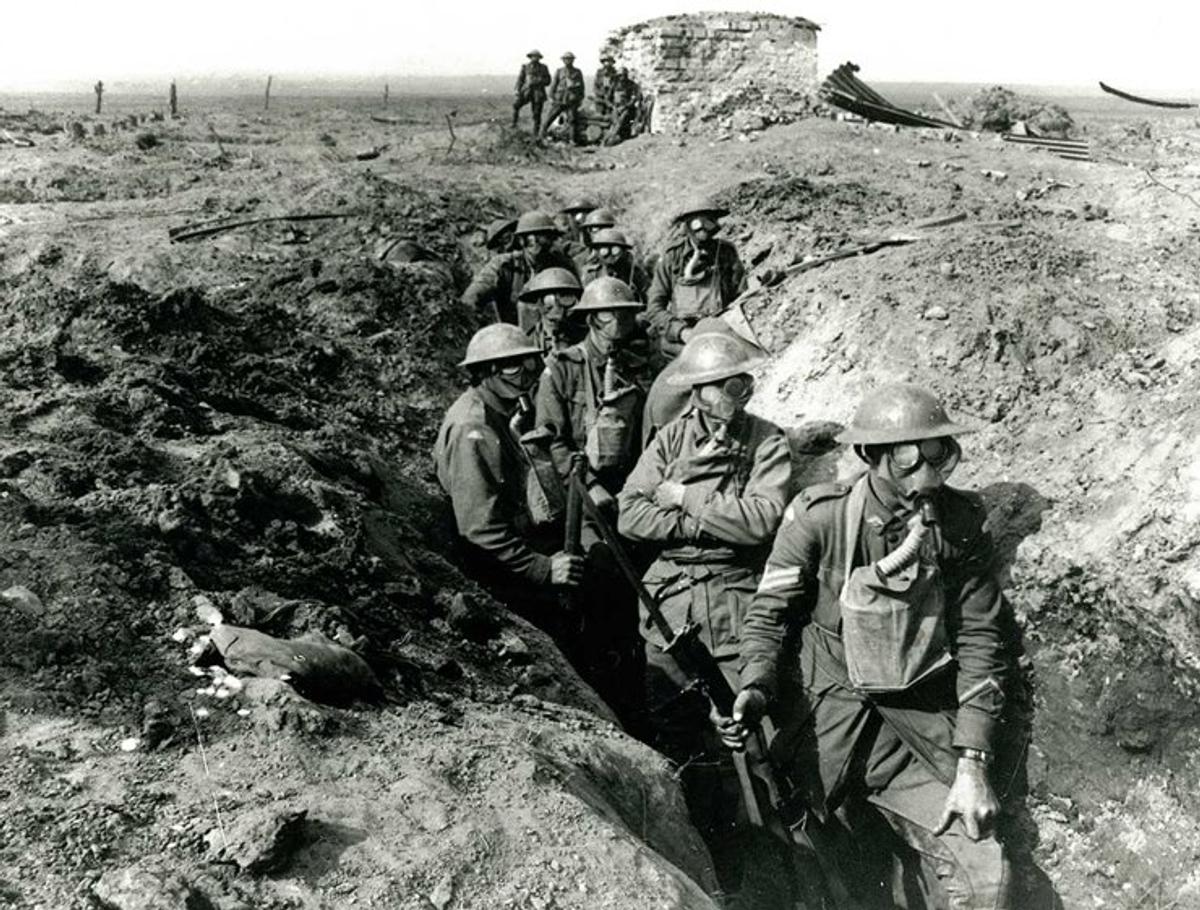

Those who were fortunate enough to survive the horrors of Gallipoli were redirected to an even bloodier and devastating theatre of war on the battlefields of France and Flanders.
It was there on the Western Front that the Anzac’s truly proved their worth and cemented the character traits which affirm all that Anzac has come to stand for.
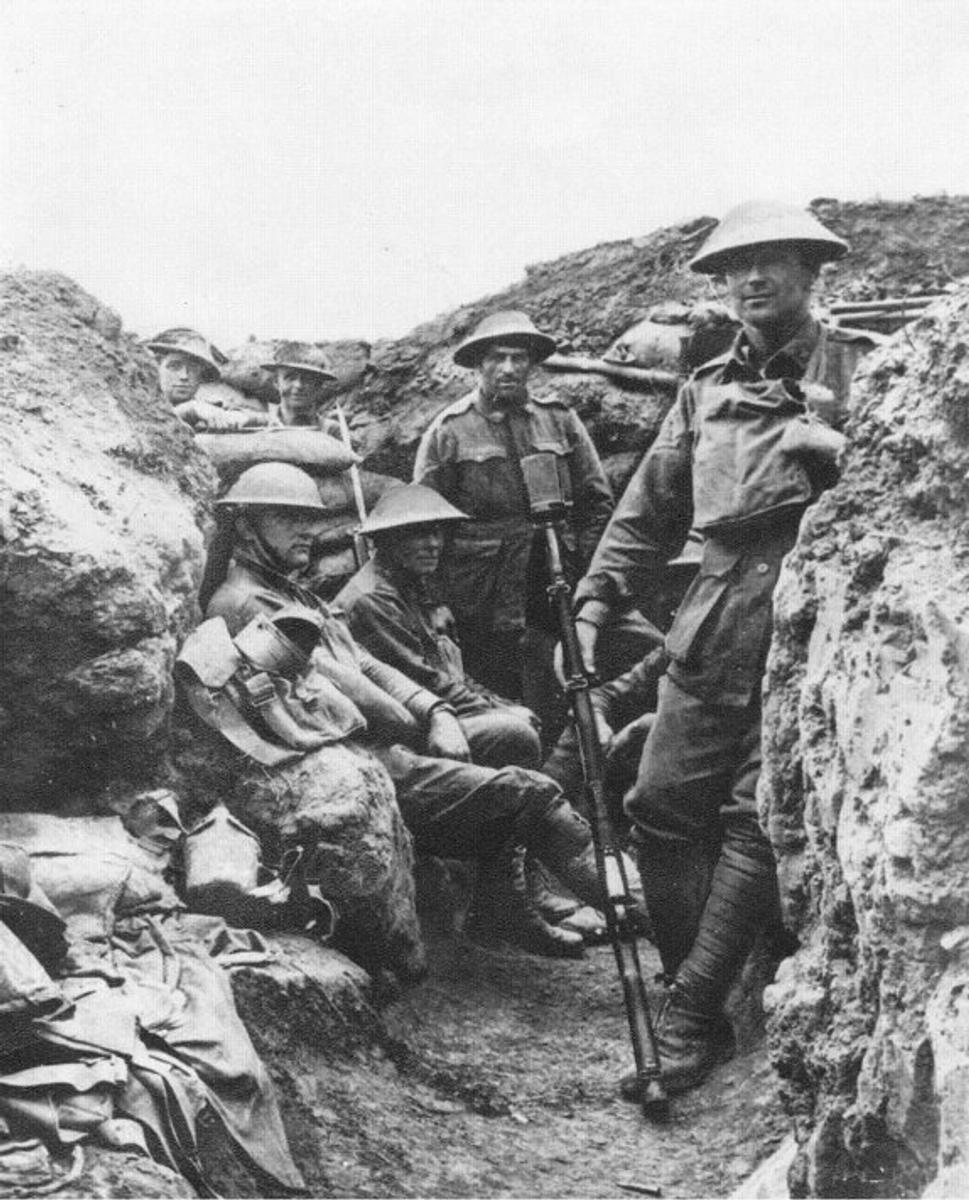

Evan Richard’s Battalion arrived in France and entered the trenches of the Western Front for the first time in April 1916 and in the following month had the dubious honour of being the first Australian battalion to be raided by the Germans.
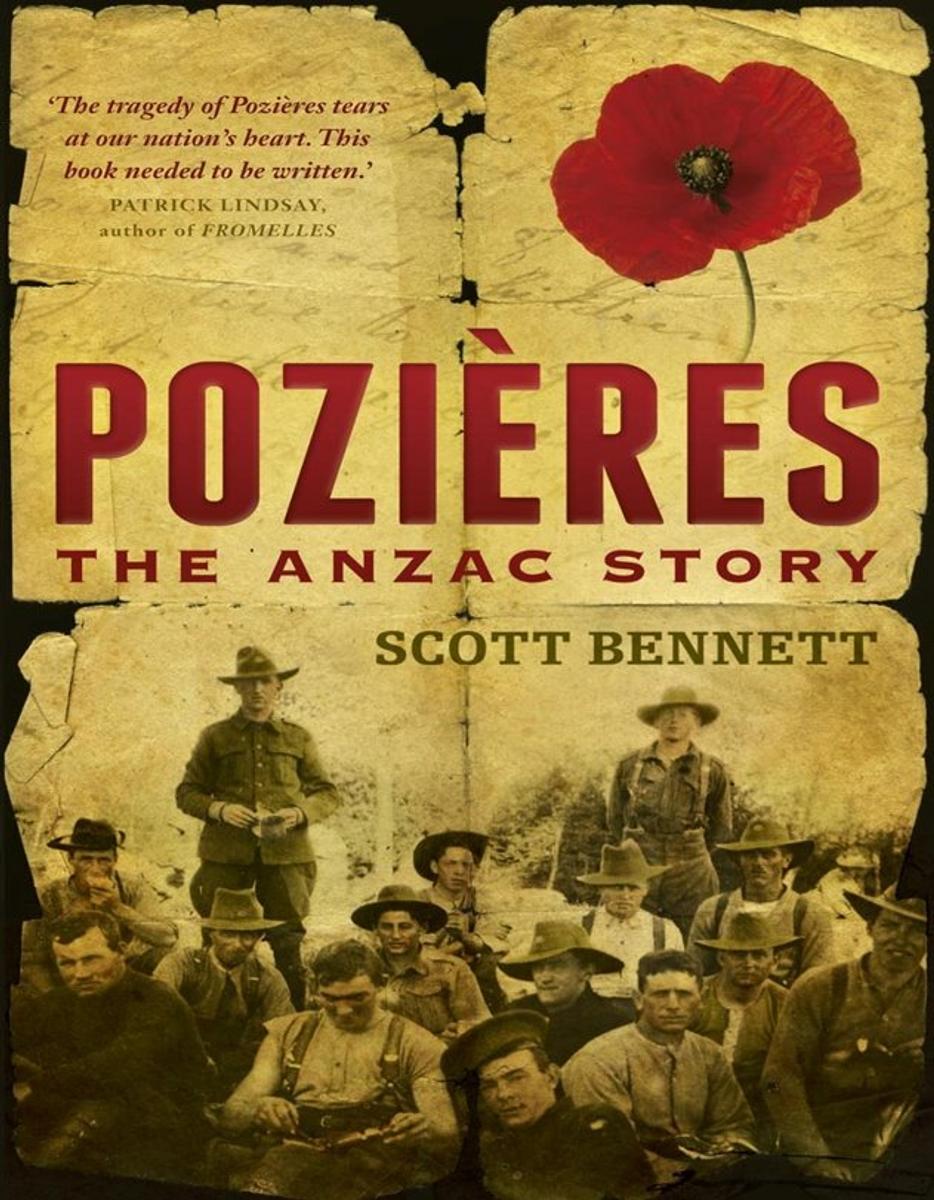

After his recovery in England, Evan re-joined his Battalion in July taking part in its first major offensive around Pozières between late July and the end of August 1916.
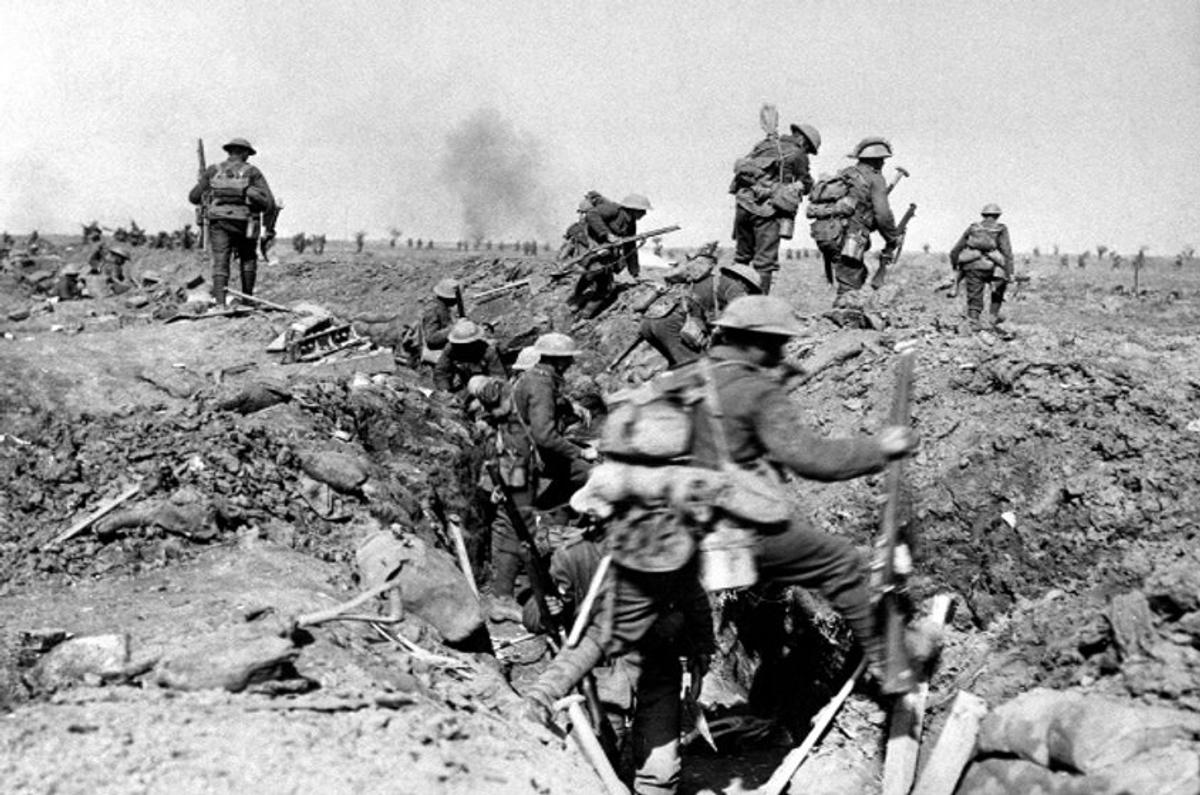

A letter revealing the brutal realities of war written at this time by Melbourne journalist Lieutenant JA Raws affords a gruesome account of the horrors of a battle scene at Pozieres:
… we lay down terror-stricken along a bank. The shelling was awful ... we
eventually found our way to the right spot out in no-man’s-land. Our leader was shot before we arrived and the strain had sent two other officers mad. I and another new officer took charge and dug the trench. We were shot at all the time ... the wounded and killed had to be thrown to one side ... I refused to let any sound man help a wounded man; the sound had to dig ... we dug on and finished amid a tornado of bursting shells ...
I was buried once and thrown down several times ... buried with dead and dying. The ground was covered in bodies in all stages of decay and mutilation and I would, after struggling from the earth, pick a body by me to try and lift him out with me and find him a decayed corpse … we are lousy, stinking, unshaven, sleepless … My tunic rotten with other men’s blood.
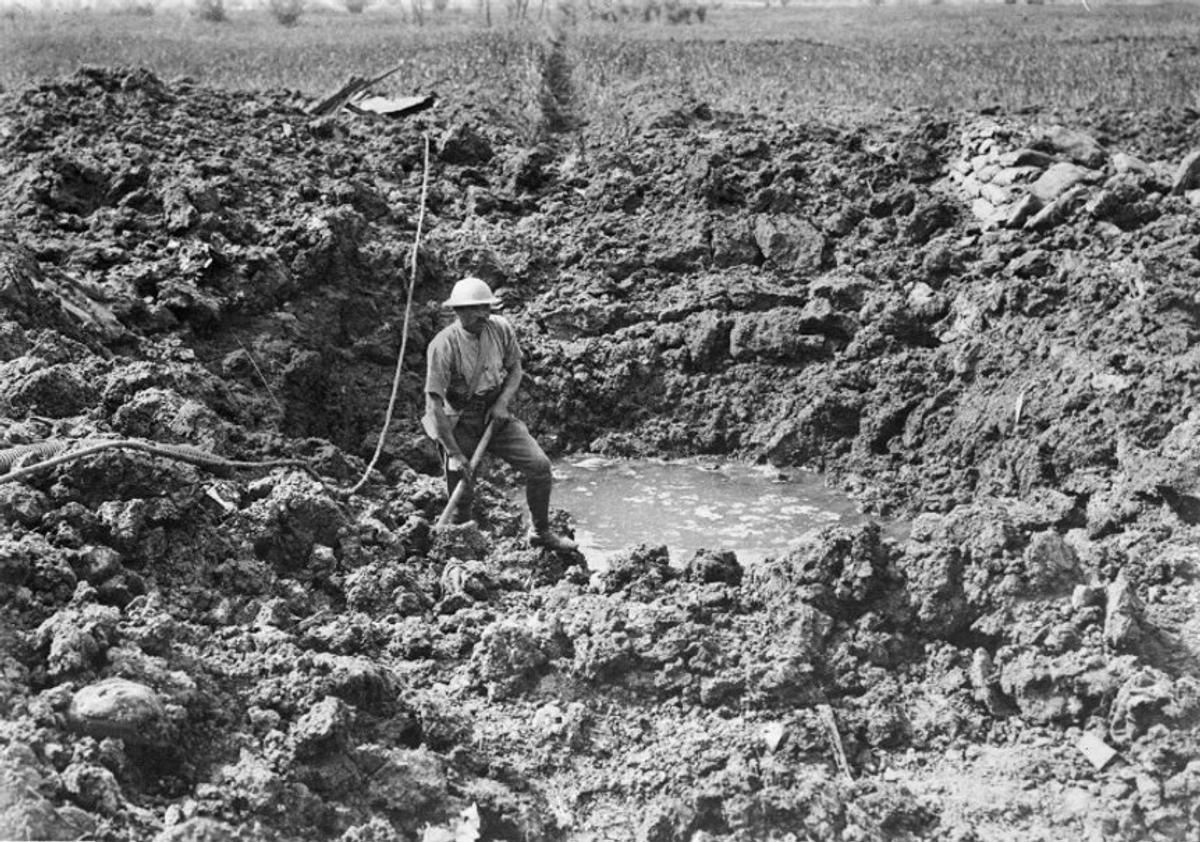
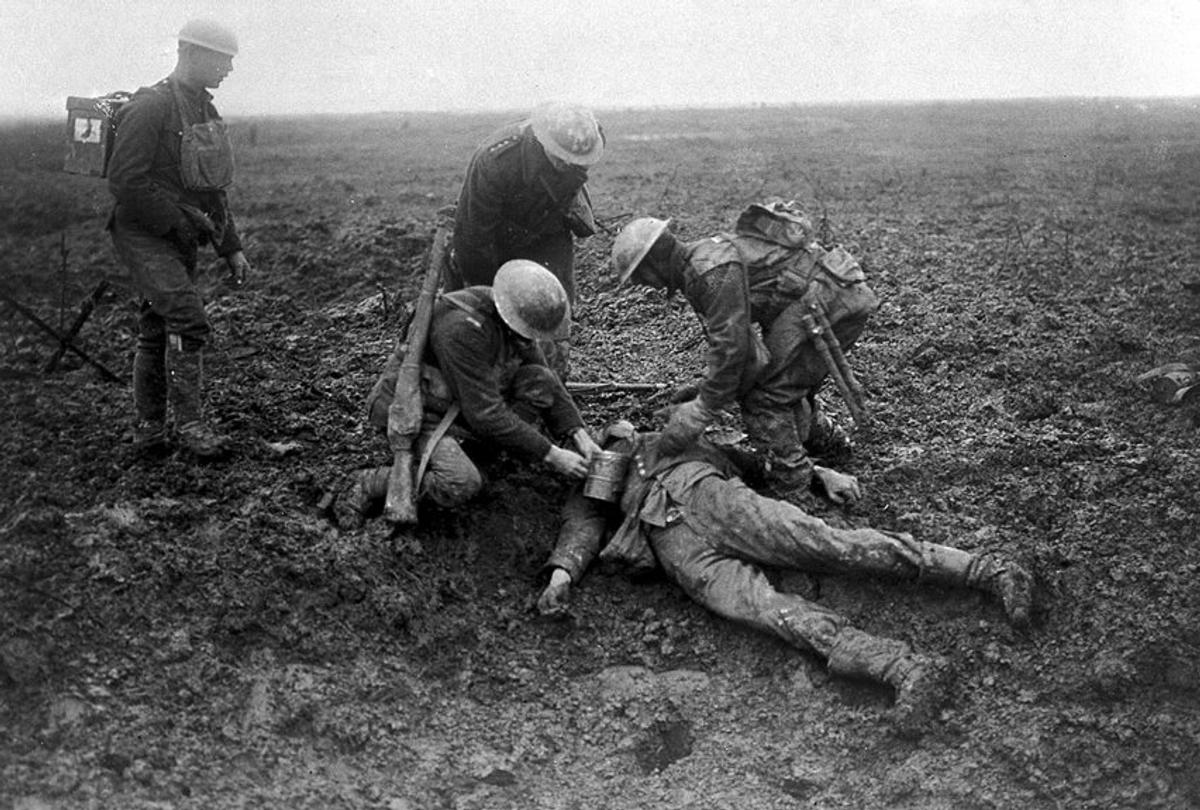


On 14 August Evan was appointed to the rank of Captain but a week later he was severely wounded near Mouquet Farm. His courageous conduct saw him mentioned in Despatches.
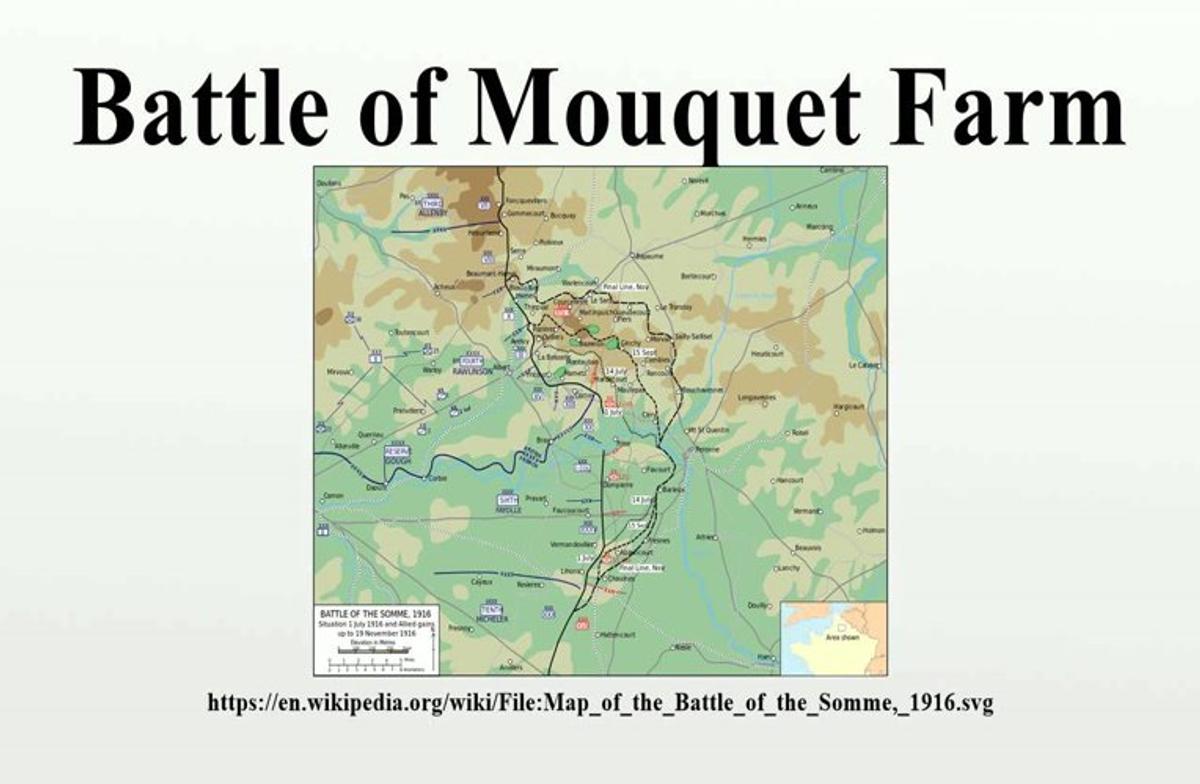



Captain Evan Richards died of his wounds on 5 September 1915 aged just 26. An officer in his Battalion wrote:
"He was the admiration of us all and those who knew him more intimately, loved him … one cannot speak too highly of his splendid behaviour. He was the keenest soldier that I have ever had under my command, and was absolutely fearless."
I share with you part of a letter Evan’s mother received from his orderly in France informing her of her son’s death:
Dear Mrs Richards,
I have a duty to do which is painful to me, as it is to you, it is dealing with the last few days of Mr Richards. On August 22nd… Mr Richards went over towards the enemy trenches to gain some information, but on returning to our line was shot through both legs by a machine gun bullet …
On August 23rd your son had his right leg amputated above the knee, the same evening he was in good spirit and slept, but next complained of pain in his left leg, he was then operated on, which eased him of pain for a few days, but on August 29th had to lose his left leg. During the next few days, Captain bore his pain and trouble without a complaint, always thankful for what little could be done. On the night of September 5th 1916, he passed away …
Remaining your obedient servant,
A. Birschel (325).
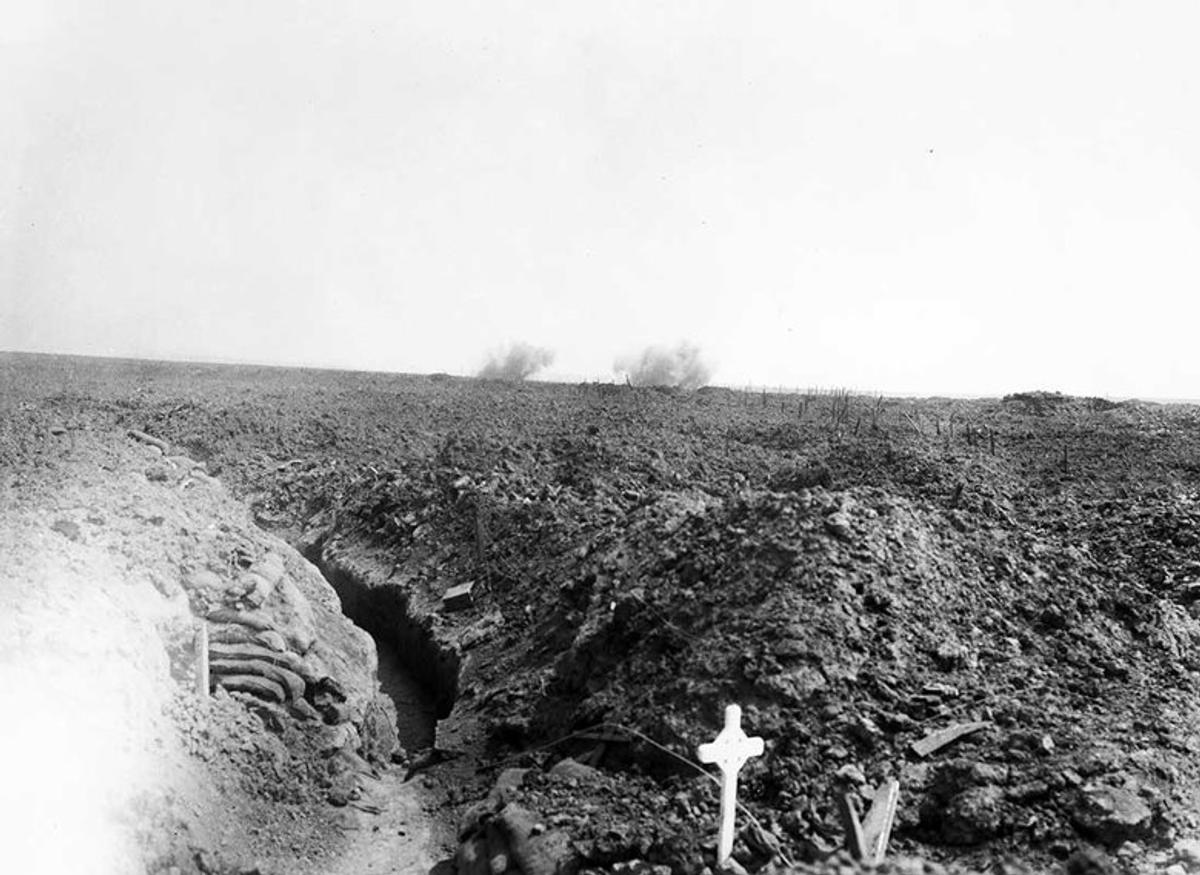
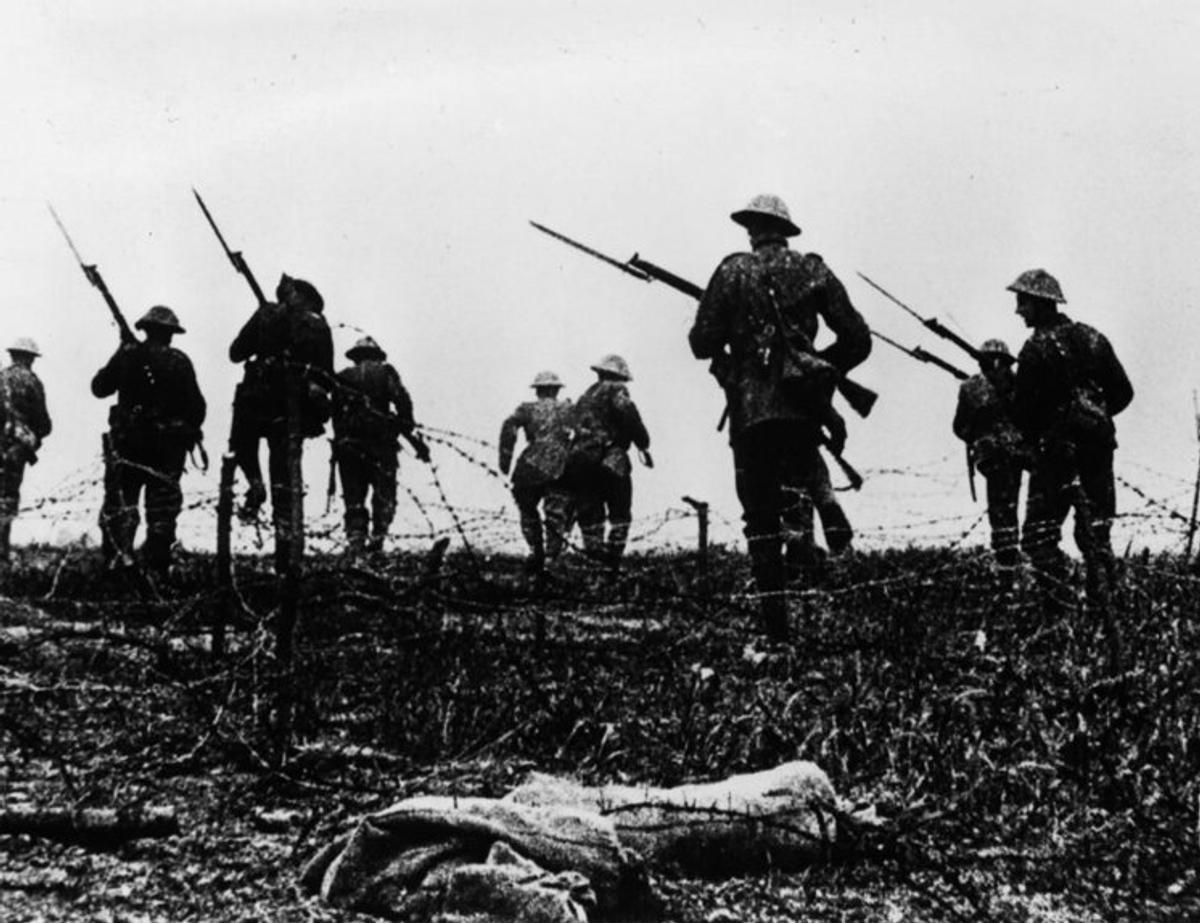




By the end of the ‘Great War' over 415,000 Australians had enlisted – an important distinction when paralleled to the huge conscript armies of Europe. Ultimately, over 60,000 Australians were killed and over 150,000 wounded, gassed, or taken prisoner.
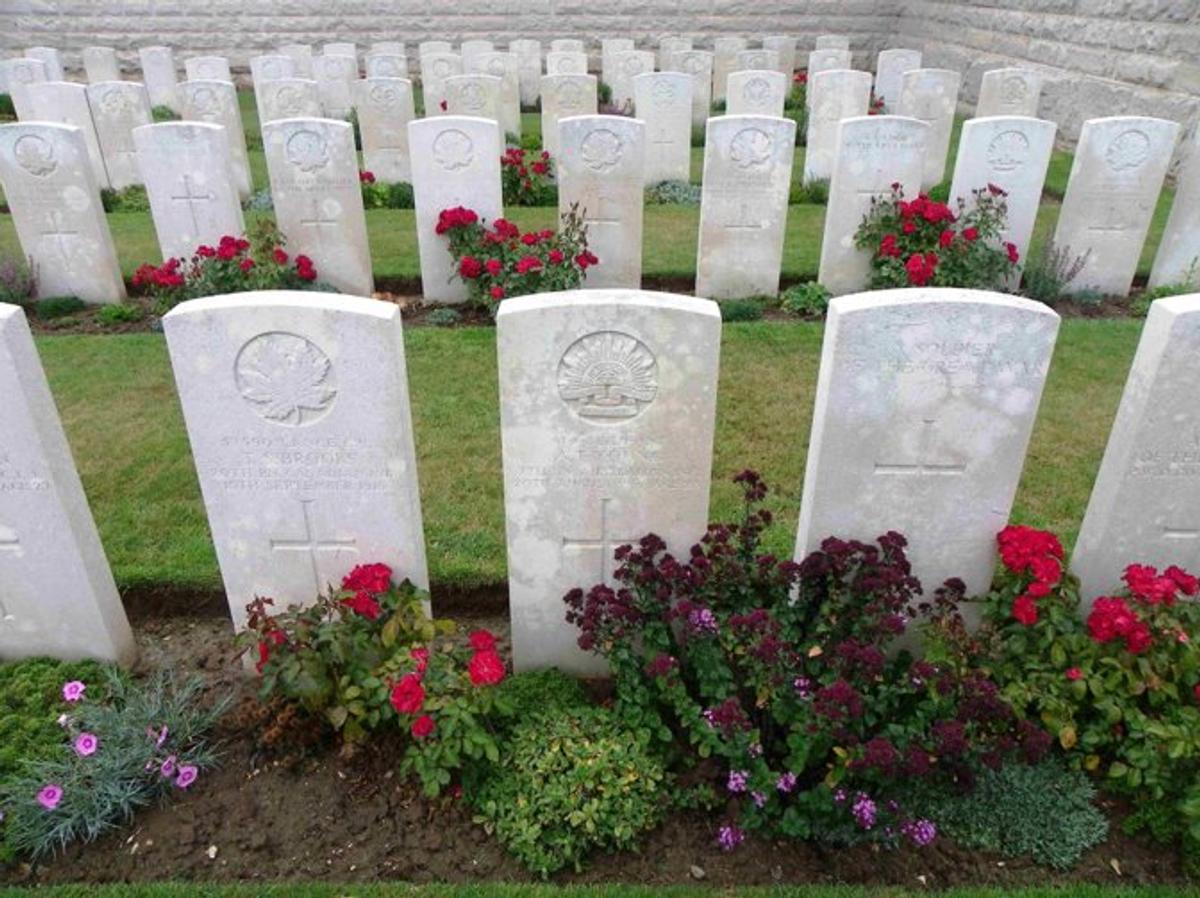

Throughout our nation’s history more than 100,000 Australians have lost their lives in armed conflicts. The anniversary of our first engagement at Gallipoli on 25 April has become the day where we as a nation pause to reflect and remember ALL Australians who have served and died in all wars. As you entered the auditorium this morning, you walked past a board listing the names of a number of our former students who served and some who never returned and who lie somewhere in a foreign field.
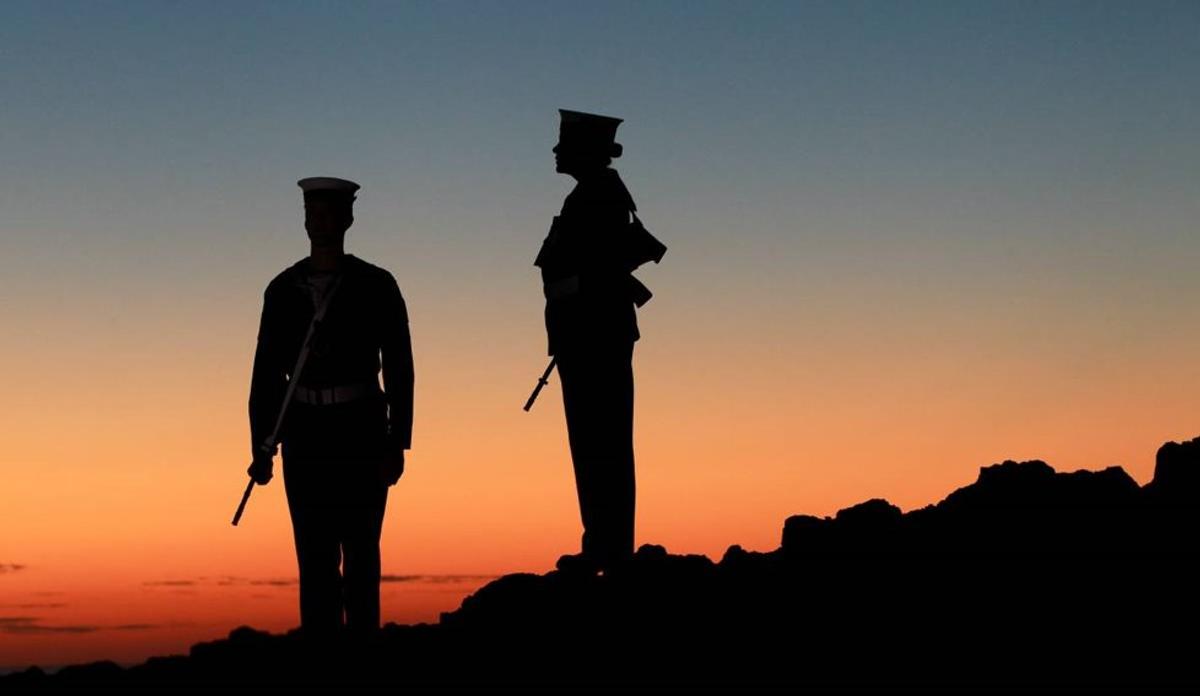

In remembering, we are reminded that war is destructive, combat is devastating and that human beings touched by it … are affected physically, emotionally and spiritually.
Thousands upon thousands of those young men who left our shores, were killed and maimed in the belief, and hope, that they offered their lives in the service of something greater than themselves.
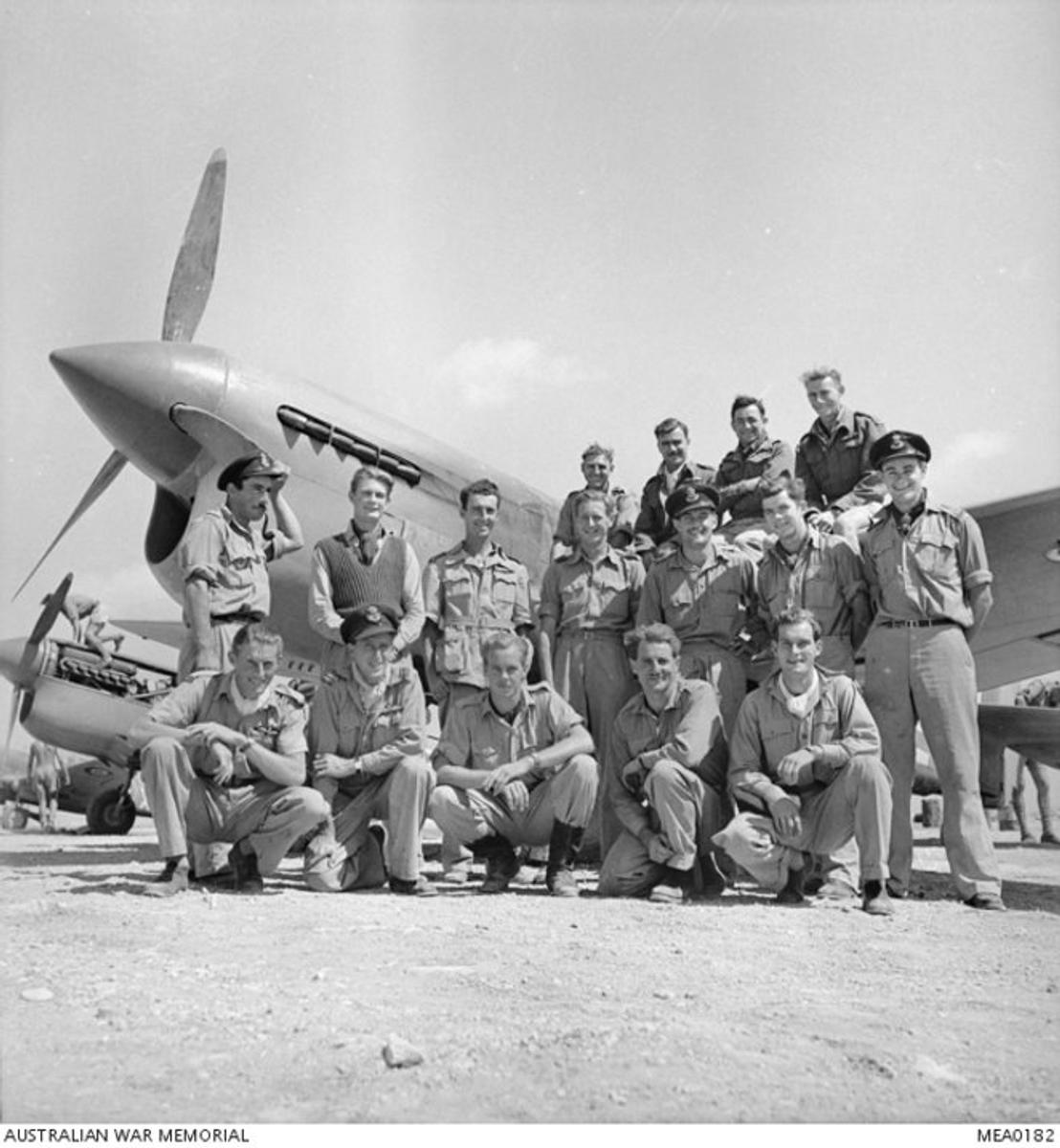

We should be grateful citizens … never forgetting their sacrifices.
We remember all who lay down their lives, from the Sudan to Vietnam, never to return home to those they loved.
Our Anzac Commemoration affords opportunity to remember all our war dead, those tens of thousands Australians who lie in foreign fields. In the heavy clay of Flanders, the deserts of Middle East, in olive groves on Crete, on the hills of Korea, in the jungles of New Guinea, Borneo and Vietnam. And in more recent times in Iraq and Afghanistan.
We think of those of our women’s services who gave their lives in our own and foreign lands, and at sea.
Anzac Day is also about remembering places, the names of which are heavy with meaning for Australians. Places such as Lone Pine and Pozieres, Fromelles and Passchendaele; Kokoda and Tobruk, Long Tan.
And upon all the ‘Seven Seas’, in the air duelling as Fighter Pilots and over Europe with Bomber Command as well as in the infamous POW Camps such as Changi and Stalag Luft 3. And other places … so many of them.
At this time, we pause to honour the courage, endurance, sacrifice and human spirit of all those who have laid down their life in times of conflict.
We remember those ordinary men and women who did things so extraordinary in moments of great trial, things that are disturbingly beyond our powers to imagine.
Commemorations such as this demonstrate we have not forgotten, nor will we forget. We remember them all with appreciation and respect.